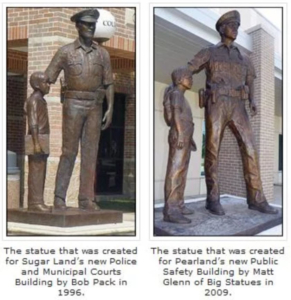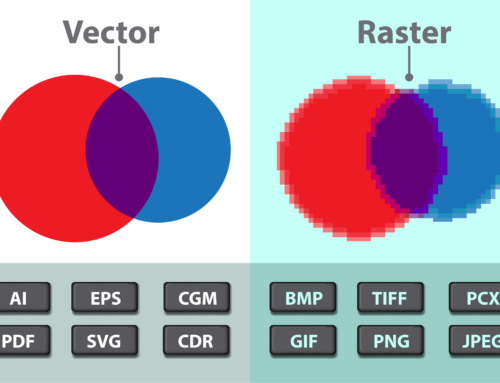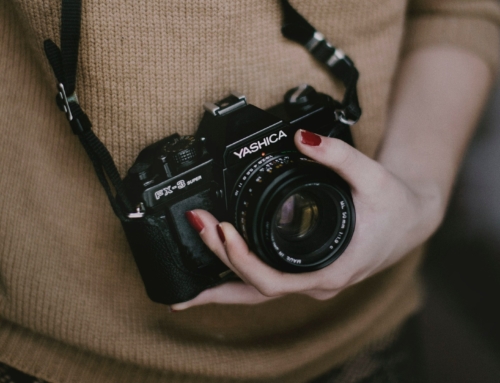An article that appeared in The Fort Bend Star this week prompted discussions about copyright infringement. The article titled “Sugar Land Artist Sues Utah Foundry for Allegedly Copying Statue” talks about how one artist supposedly copied another’s work. It’s especially bad since the original statue is in Sugar Land while the claimed copy sits an hour away in Pearland. I encourage you to read the article for the details and I’ve included the photo of the two statues at left (Copyright © 2011 by Fortbendstar.com) so you can judge for yourself if one looks like a copy of the other.
 I’m not an attorney so you may ask what this has to do with marketing and design. A lot.
I’m not an attorney so you may ask what this has to do with marketing and design. A lot.
The article mentions that the artist being accused of copying the original stated in an email he could “make some unique changes so that (the statue) is all original and customized”. That doesn’t cut it legally. While I can tell that there are differences between the two statues (the police man’s arm is longer in one, the boy carries a book in the other, etc.), the second is clearly a copy of the original work.
This comes into play with graphic design and web design as well. Every now and then, a company will show us a logo or a web site and ask us to copy it but make it there own. Tread lightly here. As designers, we can’t copy another person’s work, no matter how much the prospective client likes it. I’m hoping this blog post and the linked article will show business owners why.
Instead, Tell Your Tale asks the prospective customer what they like about the graphic/logo/web site and why they like it. Do you like the colors? What feeling does it evoke in you and do you like that? Do you like the functionality of the web site or the look/design of the web site? Do you like how the logo is used or displayed (on a pop-up banner, business card, cup) or do you like the finish? Answers to these types of questions help graphic designers get a better understanding of what the client wants. Then, we can create a new, original image based on that feedback.
Yes, the onus is on the graphic design firm to create original work but if you’re hiring a marketing agency, you want to make sure that you’re not paying for a copy of other work. In our statue example, I wonder if the foundry will be held responsible for the alleged copying or if the hired artist will be. To me, the artist should be held responsible because he’s the one who “drew” the art work and then provided it to the foundry for production. Regardless, if you’re the company paying for the statue, graphic design or web site, you don’t want to be associated with a mess like this.
I recommend doing a bit of research to ensure that any graphic designers, web designers or PR companies that you hire have a solid reputation. Doing internet searches on them before hiring them is a good start because you can see if any law suits have been filed against them. If they’re rated by the Better Business Bureau (BBB), check their rating/grade. References are a good request as well.
I’ll continue following this statue story and will share the outcome with you. In the mean time, I’d love to hear your thoughts. Who do you think should be held responsible in this case? How do you recommend businesses protect themselves from paying for original work but being given a copy? Thoughts?
– TYT










